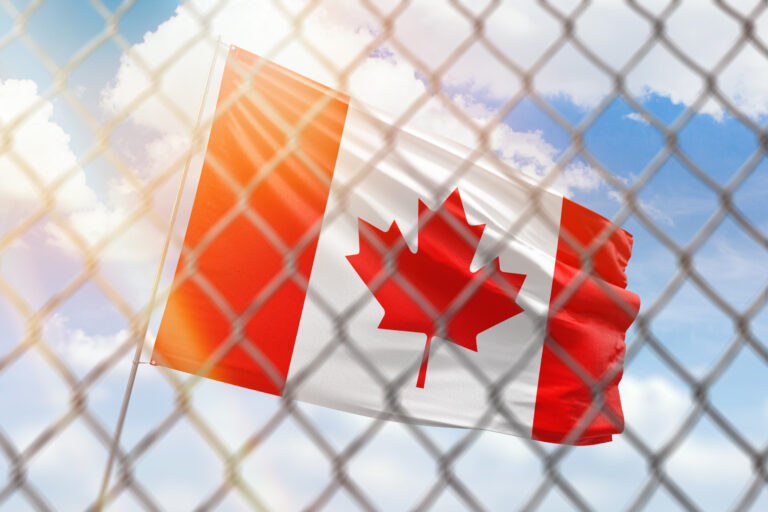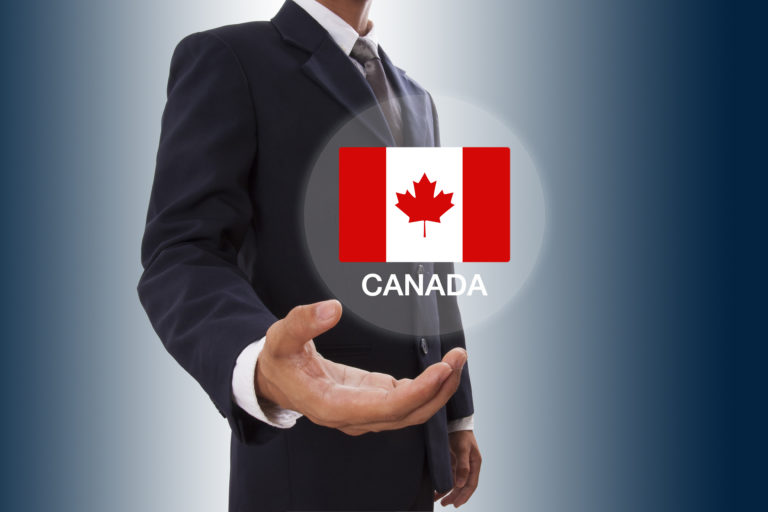Canada immigration news: Manitoba is joining a growing group of Canadian provinces reportedly ending their contracts with the Canada Border Services Agency (CBSA) to detain immigrants in provincial jails.
Migrant rights and civil liberties activists are thrilled by the move.
“As more provinces continue to follow British Columbia’s example by terminating their immigration detention agreements with CBSA, it’s time for Prime Minister Justin Trudeau to speak up to abolish this practice altogether,” tweeted the BC Civil Liberties Association.
Earlier this year, British Columbia, became the first Canadian province to take steps to stop the practice of housing migrants in provincial jails for the CBSA.
Read More Canada Immigration News
Manitoba PNP Draw: Province Invites 436 Canada Immigration Candidates
Manitoba Has Now Invited 154 Ukrainians For Canada Immigration
Manitoba Invites 278 Canada Immigration Candidates In New PNP Draw
In mid-September, Nova Scotia followed suit, than Alberta.
Advocates who have been calling on Ottawa to end the housing of Immigration and Refugee Protection Act (IRPA) detainees in provincial jails across Canada are seeing this as the long-awaited result of their lobbying.
“A year ago today, we launched the #WelcomeToCanada campaign to end immigration detention in provincial jails. Since then, British Columbia, Nova Scotia and Alberta have cancelled detention contracts with CBSA,” tweeted Samer Muscati, associate director of the disability rights division of Human Rights Watch, prior to Manitoba’s decision.
“It’s time the federal government cancels the rest.”
The provincial government in neither Alberta nor Manitoba has yet to either confirm or deny it is planning to or already has cancelled its contract with the CBSA as reported by CBC News.
The latest data from the CBSA shows there were 3,668 migrants detained in Canada during the year that ended March 31, 2022.
The trend in the fourth quarter of that year – the first three months of 2022 – was for the number of detainees to be decreasing compared to the previous quarter, the last three months of 2021.
The number Of Migrants Being Detained Dropped But Is Expected To Rise Again As Immigration Takes Off
“The number of entries by foreign nationals to Canada decreased by 18 per cent in the fourth quarter of 2021 to 2022 compared to the third quarter,” notes the CBSA on its website. “The number of detentions also decreased by almost two per cent, from 1,232 to 1,211 (during that quarter).”
That short-term, downward trend, though, is somewhat misleading.
Due to Covid-19 travel restrictions, there is a bit of a blip in the numbers, and the number of migrants detained is still below the pre-pandemic figures.
Watch Video
“The number of detentions in (the fourth quarter of 2021 to 2022) is still 43 per cent lower than in the fourth quarter of 2019 … the last pre-pandemic quarter,” notes the CBSA.
But with the return of international travel and Canada now setting records for its high levels immigration, the CBSA expects the number of migrants being detained to shoot back upwards.
“As pandemic-related travel restrictions continue to ease, the number of entries by foreign nationals to Canada continues to increase,” notes the CBSA.
“In line with past observed trends, this will lead to a potential increase in the number of detentions.”
Canada’s Most Populous Provinces Are Also Housing The Most Detainees In Their Jails
Ontario, Quebec and British Columbia are the three provinces with the greatest numbers of migrants being detained.
| Persons detained sorted by province for the 2021 – 2022 year that ended March 31, 2022 | ||||
| Province | First quarter | Second quarter | Third quarter | Fourth quarter |
| Alberta | 57 | 57 | 69 | 62 |
| British Columbia | 134 | 138 | 270 | 238 |
| Manitoba | 5 | 7 | 9 | 8 |
| New Brunswick | 3 | 1 | 9 | 9 |
| Newfoundland and Labrador | 3 | 2 | 3 | 3 |
| Northwest Territories | 1 | 0 | 0 | 0 |
| Nova Scotia | 6 | 5 | 3 | 3 |
| Ontario | 289 | 310 | 576 | 581 |
| Prince Edward Island | 0 | 1 | 0 | 0 |
| Quebec | 98 | 106 | 293 | 301 |
| Saskatchewan | 6 | 6 | 6 | 7 |
| Yukon | 1 | 0 | 0 | 1 |
| Note: The total number of persons detained by province when added together, is greater than the total number of persons detained in that quarter as persons may be transferred between provinces during their time in detention. In this instance they are counted twice. | ||||
Canada holds migrants for detention based on seven grounds:
- Examination. If an officer considers it necessary to get more information from a migrant to complete an examination, that person can be detained to allow the officer to do so. An examination can be as simple as a few questions but can also include an examination of the person’s personal belongings, more intensive questioning, or personal searches;
- Suspicion of serious criminality, criminality or organized criminality;
- Suspicion of inadmissibility on grounds of security;
- Suspicion of inadmissibility on grounds of human/international rights violation;
- Identity. If an officer is unable to verify an individual’s identity, that person may be detained;
- Danger to the public, or;
- Unlikely to appear. A person may be detained if an officer believes the person is unlikely to appear for the examination, an admissibility hearing, removal from Canada or at a proceeding that could lead to the making of a removal order.









